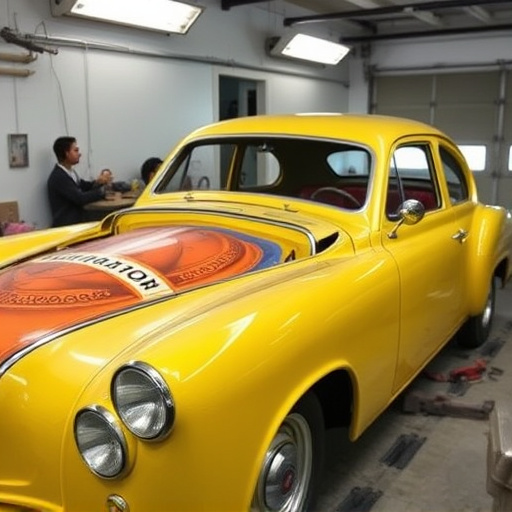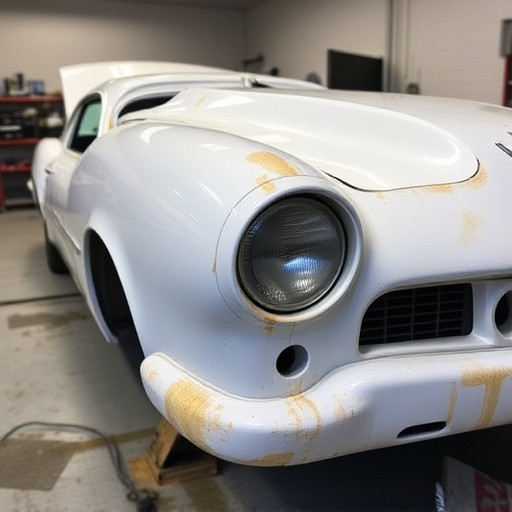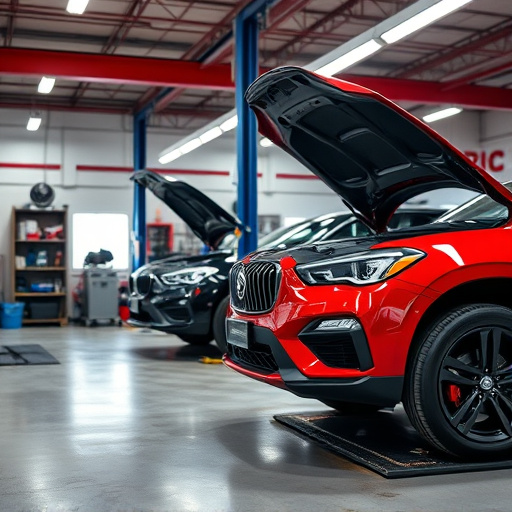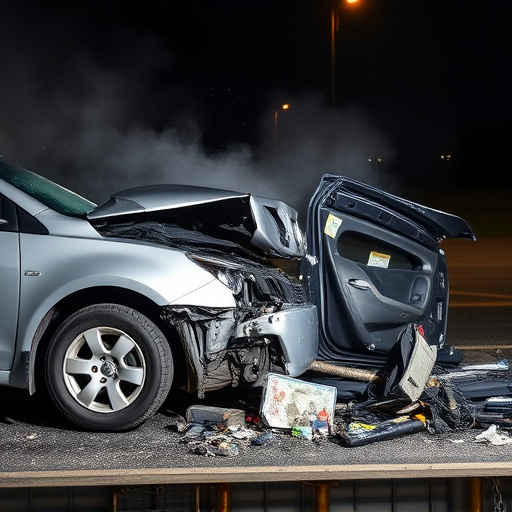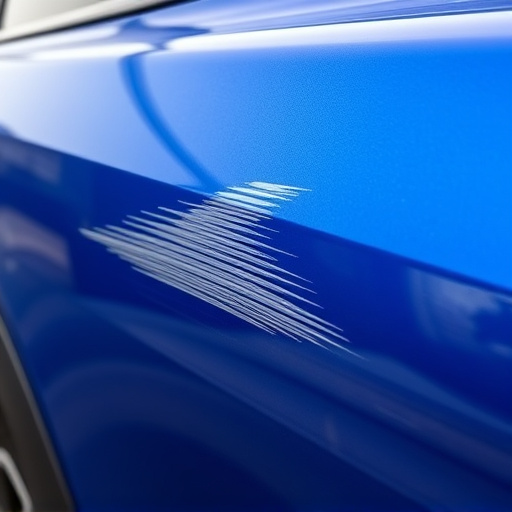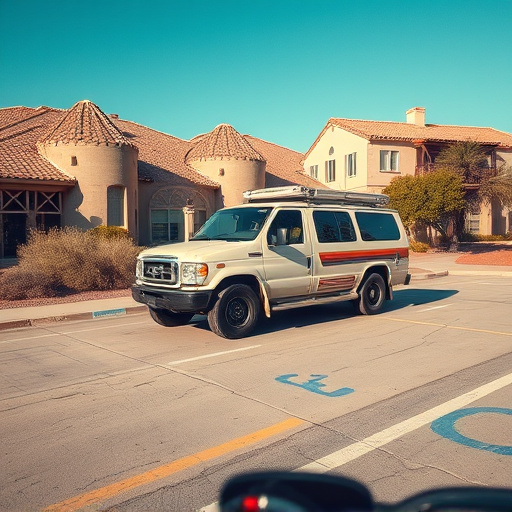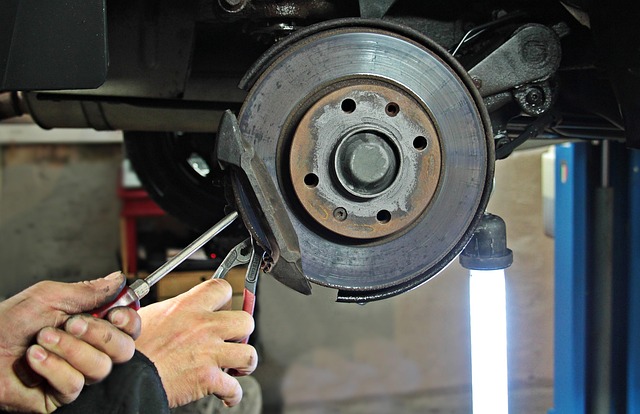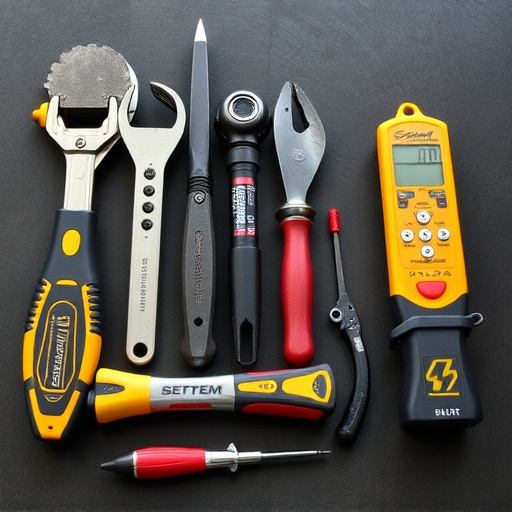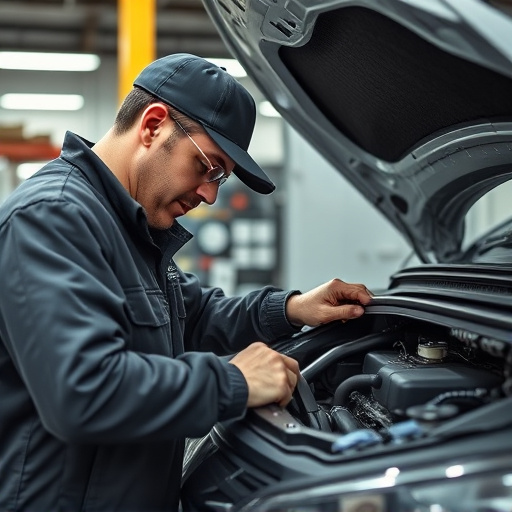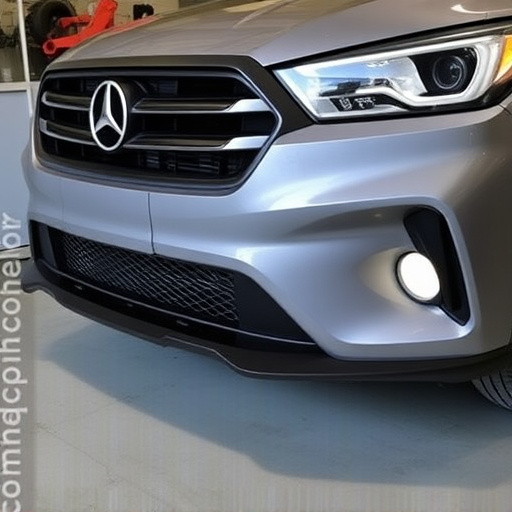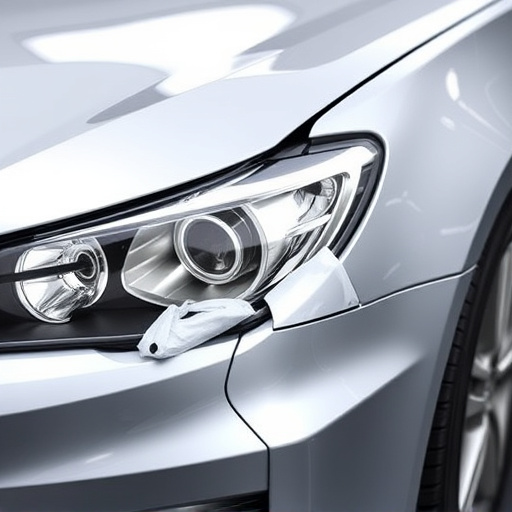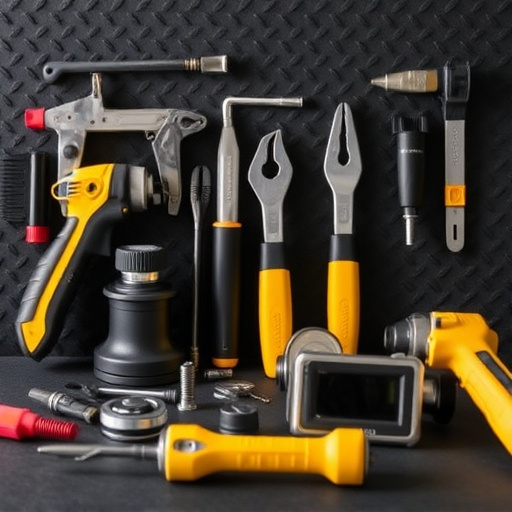Environmental factors like humidity, temperature, air pollution, and ozone levels significantly impact the success and longevity of interior trim repair collision work. High moisture leads to mold, dry climates cause material cracking, and poor air quality degrades finishes. Managing air quality and moisture is key for durable results. Adaptive strategies, including weather-resistant materials and advanced techniques, are essential in harsh or coastal environments to prevent corrosion, maintain integrity, and enhance longevity of luxury or fleet vehicles.
In the realm of automotive restoration, understanding how environmental factors influence interior trim repair is a game-changer. This article delves into the intricate relationship between nature and collision damage, specifically focusing on air quality and moisture as key players. We’ll explore how these elements impact the effectiveness of interior trim repair processes, offering valuable insights for professionals in this field. By adopting tailored strategies, technicians can ensure superior results, even in challenging environmental conditions, ultimately enhancing customer satisfaction with collision repairs.
- Understanding Environmental Impact on Collison Repair
- Specific Environmental Factors: Air Quality and Moisture
- Effective Strategies for Interior Trim Repair in Diverse Conditions
Understanding Environmental Impact on Collison Repair

The environment plays a significant role in the quality and longevity of interior trim repair collision work. Factors like humidity, temperature extremes, and even air pollution can impact the materials used and the overall effectiveness of auto body services focused on interior trim repairs. For instance, high moisture levels can lead to mold growth on unsealed surfaces, necessitating additional car scratch repair measures. Conversely, dry climates may cause cracking or shrinkage in certain materials, complicating the task for automotive repair specialists.
Understanding these environmental effects is crucial for ensuring durable and aesthetically pleasing results from interior trim repairs. Proper ventilation during the repair process can mitigate air pollution’s adverse effects, while controlled temperature conditions help maintain the integrity of materials. By being mindful of these environmental considerations, automotive repair professionals can deliver superior quality work that stands the test of time, even in diverse weather conditions.
Specific Environmental Factors: Air Quality and Moisture
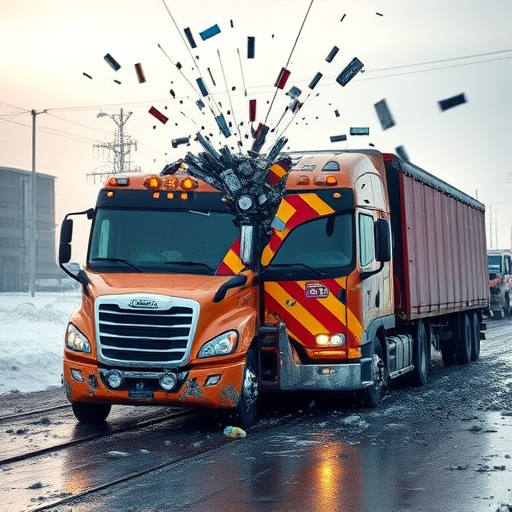
The impact of environmental conditions on interior trim repair collision is multifaceted, with specific factors playing a significant role in the quality and longevity of repairs. Air quality stands out as a critical variable; poor air conditions can introduce pollutants and contaminants that degrade materials used in car bodywork services. These substances not only hinder the effectiveness of restoration processes but also contribute to faster deterioration of freshly repaired sections. For instance, high levels of ozone can break down synthetic materials, while particulate matter can infiltrate pores, compromising the integrity of finishes.
Moisture is another environmental factor that demands attention when considering interior trim repair collision. Excessive humidity or inadequate ventilation can lead to water accumulation within car body panels and underlying components. This moisture not only facilitates corrosion but also creates an ideal environment for mold and mildew growth. In classic car restoration, maintaining optimal moisture levels is paramount; even slight moisture imbalances can compromise the durability of carefully executed repairs. Therefore, understanding and managing air quality and moisture are essential aspects in achieving successful and long-lasting interior trim repair collision outcomes.
Effective Strategies for Interior Trim Repair in Diverse Conditions
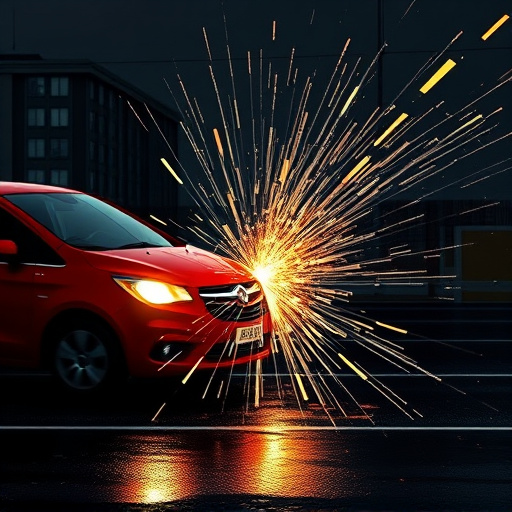
Effective strategies for interior trim repair collision involve adapting techniques to diverse conditions. In regions with harsh climates, such as frequent snow and ice, specialized fleet repair services often recommend using weather-resistant materials that can withstand extreme temperatures and moisture. For luxury vehicle repair, meticulous attention is required to preserve the intricate details and high-quality finishes characteristic of premium cars. Collision repair services in these areas should also incorporate advanced techniques like laser cutting and 3D printing to replace damaged components accurately and efficiently.
Varied environments present unique challenges. In coastal areas prone to high humidity, preventing rust and corrosion is paramount. Interior trim repair specialists employ anti-corrosive coatings and sealing agents to protect against salt air and moisture. For vehicles exposed to intense sunlight, UV-resistant materials play a crucial role in maintaining the integrity of interior trims over time. These adaptive strategies ensure that collision repair services not only restore damaged interiors but also safeguard against future deterioration, enhancing the longevity and value of affected luxury or fleet vehicles.
Environmental factors play a significant role in the complexity and outcome of interior trim repair following a collision. By understanding how air quality, moisture levels, and other elements impact materials and finishes, technicians can employ effective strategies for successful restoration. Adhering to best practices ensures optimal results, minimizing damage and maximizing customer satisfaction in diverse conditions. This approach is vital to maintaining high standards in the interior trim repair collision industry.
